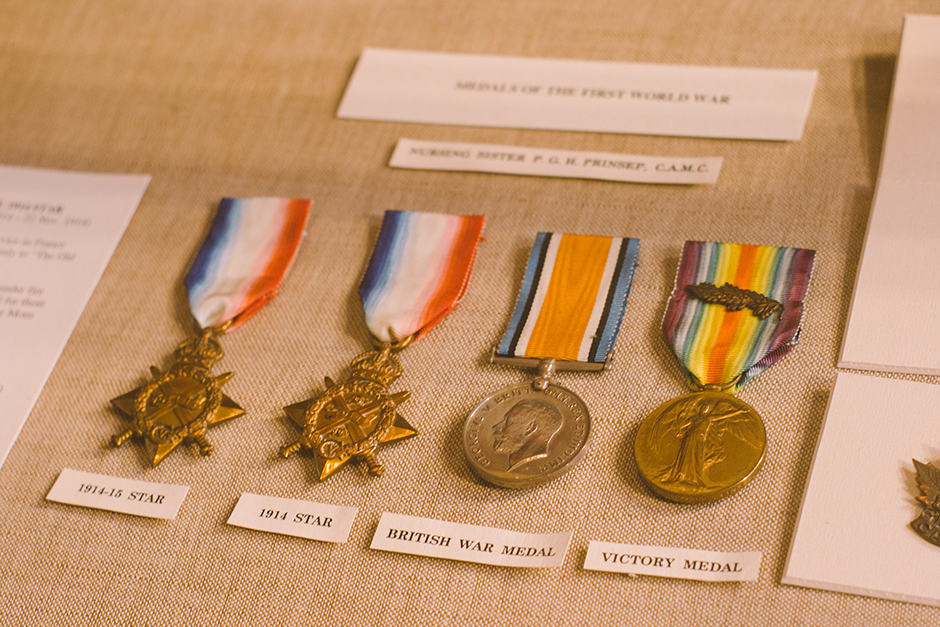Prior to the First World War, the soil conditions in Flanders fields were not very conducive to the growth of poppies. The bombardments of WWI caused the fields to be filled with rubble, rich in lime — ideal conditions for poppies to thrive.
When the war ended and lime was eventually absorbed, the poppies stopped growing — the flowers that would come to signify remembrance disappeared with the echoes of the guns.
It was Lieutenant Colonel John McCrae’s poem “In Flanders Fields”that cemented the poppy as the symbol of remembrance. The poem, now written almost a hundred years ago, has ensured that the legacy of the poppy lives on.
Each November since 1921, Canadians have distributed and worn the poppy on their jackets to commemorate the sacrifices made by soldiers in all of the country’s military engagements.
The poppy, though inextricably linked with the notion of remembrance, has also become a symbol of unity as individuals the world over join together in wearing the flowers each November.
This year, in particular, the symbol of remembrance has appeared in full force. The one-hundredth year anniversary of “the war to end all wars” has stirred a revival of remembrance in Canada.
This November, sales of poppies have been so high that legions have faced concerns of shortages. The goal, according to the CBC, is to sell 35 million commemorative pins — one for every Canadian.
It is difficult, though, to relate the names on memorials to the sacrifices of the individuals. Initials, rank, and surname do not provide much insight into the lives of the soldiers — and information can be difficult to find, particularly on soldiers of WWI.
With no living veterans of the Great War, the details can be easily forgotten. A little digging through the archives, however, reveals a small part of the lives of three Canadian soldiers and U of T graduates who gave their lives during the war.
Captain Arthur Vincent Leonard was born in 1890 and lived on King Street West in Toronto. He was a graduate of the Medical Class of 1911 at the University of Toronto.
At the age of 24, he enlisted in the armed forces. At the time of his death, he was serving on board the H.M.H.S. Llandovery Castle, a hospital ship. On June 27, 1918, the ship was sunk by an enemy submarine, and Leonard drowned at sea at 27 years old.
Harold Lamont Longworthy studied Applied Science at U of T. He enlisted in the Armed Forces in October of 1915 and went overseas in February of 1916. He was a member of the 10th Brigade, Canadian Field Artillery as a gunner. While overseas he served near Ypres and then in the Battle of the Somme. He was killed in action the day before the capture of Vimy Ridge on April 8, 1917 by a shrapnel splinter that pierced his chest. He was 22 years old when he died.
Lieutenant Hugh D’Alton Livingston was born in Hamilton, Ontario in 1891 but at the time of his enlistment lived in Brantford, Ontario. He graduated from U of T in 1913 with a B.A. Sc. in Architecture, with honours. He was secretary-treasurer of the tennis team.
He enlisted and travelled overseas with the 125th Battalion in July of 1916, later transferring to the 116th Battalion. Livingston was married in November of 1917, while overseas. In the summer of 1918 he was wounded in the Battle of Amiens but remained on active duty. Livingston was killed in the Battle of Arras by a machine gun bullet as he led his platoon in the attack at Bois du Vert. He died on August 27, 1918 at the age of 27.



